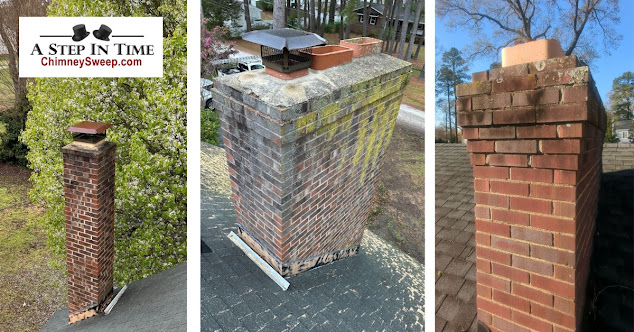The Importance of Creosote Removal
.jpg)
According to the Chimney Safety Institute of America (CSIA), creosote build-up is a dangerous reality of having a wood-burning fireplace or stove and is one of the primary causes of chimney fires. A significant portion of your annual chimney sweeping includes removing creosote accumulation from the walls of your chimney. Creosote accumulation on your chimney walls doubles the danger of a chimney fire, so executing this maintenance task could save your life and the lives of your family. A Step in Time Chimney Sweeps will give your chimney an extensive cleaning to get rid of any creosote that may have accumulated on the walls. To inform you about creosote and its dangers, we would like to talk about some of the most common questions we get about it. What causes the accumulation of creosote? When wood or other fossil fuels are burned in a fireplace or stove, incomplete combustion leads to the accumulation of creosote. These materials produce smoke, gases, water vapour, and smal...
.jpg)
.jpg)
.jpg)
